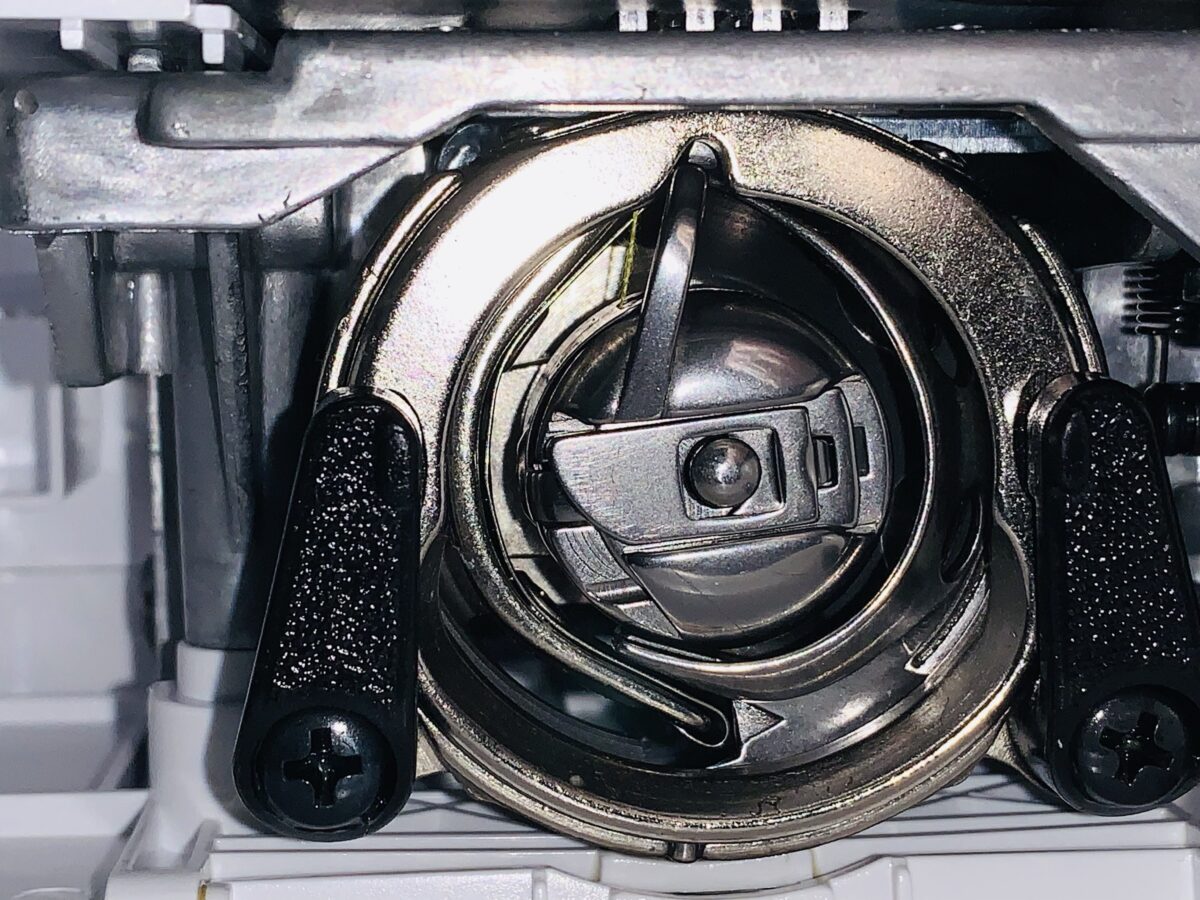
The lockstitch system is a fundamental sewing mechanism, and it’s essential to understand its workings. Here’s a breakdown:
- Basic Principle:
- The lockstitch uses two threads: an upper thread and a lower thread.
- These threads interlock within the fabric, creating a strong and secure stitch.
- This “locking” action is what gives the stitch its name.
- How it Works:
- The upper thread is fed from a spool through the needle.
- The needle pierces the fabric, carrying the upper thread down.
- A hook or shuttle mechanism catches the loop of the upper thread beneath the fabric.
- This hook then loops the upper thread around the bobbin thread (the lower thread).
- The take-up lever pulls the upper thread back up, tightening the stitch.
- This process results in the two threads being locked together in the center of the fabric.
- Key Features:
- Strength and Durability: Lockstitches are known for their strength, making them suitable for a wide range of sewing applications.
- Versatility: It’s the most common stitch used in both home and industrial sewing machines.
- Variations: While the basic principle remains the same, lockstitch machines can produce various stitch types, including straight stitches, zigzag stitches, and blind stitches.
- Applications:
- Garment manufacturing
- Upholstery
- Quilting
- General sewing repairs
In essence, the lockstitch system is a reliable and versatile sewing method that forms the basis for many sewing projects.

Upgrade your Sewing Room. Choose a Single Needle Machine!







Thank you for your interest and your feedback.